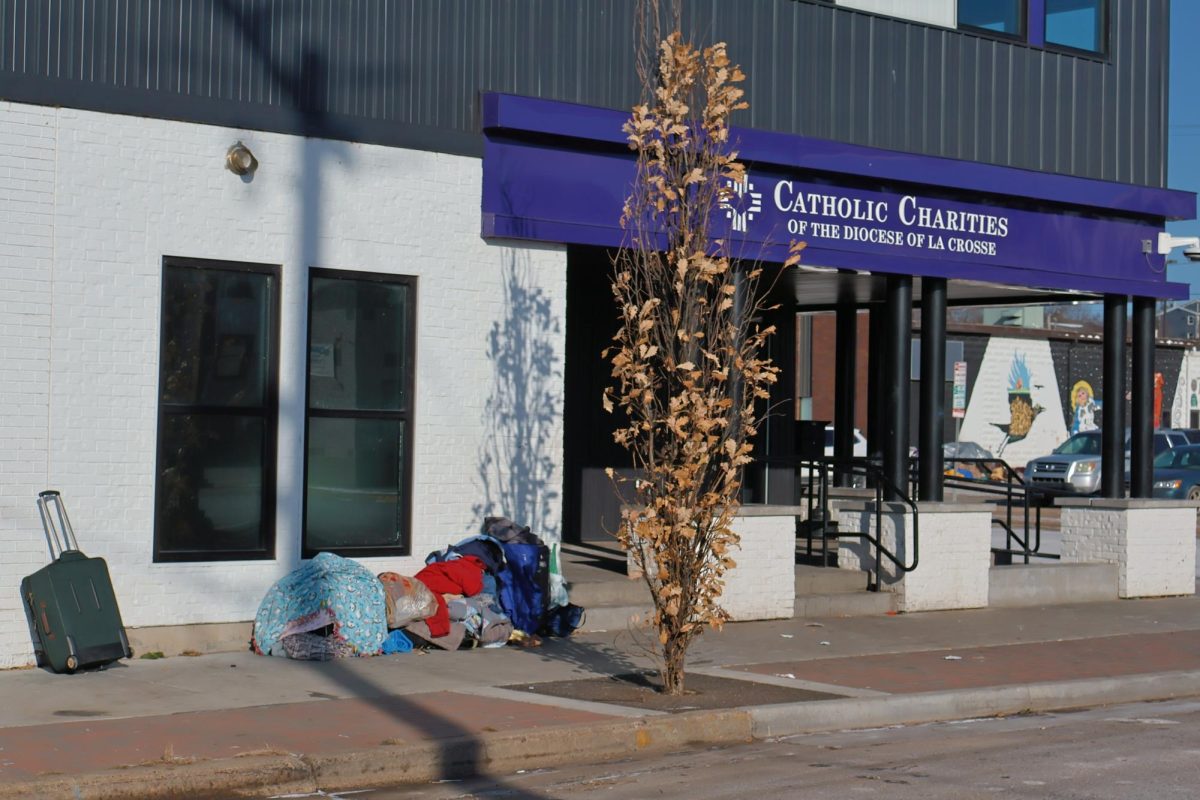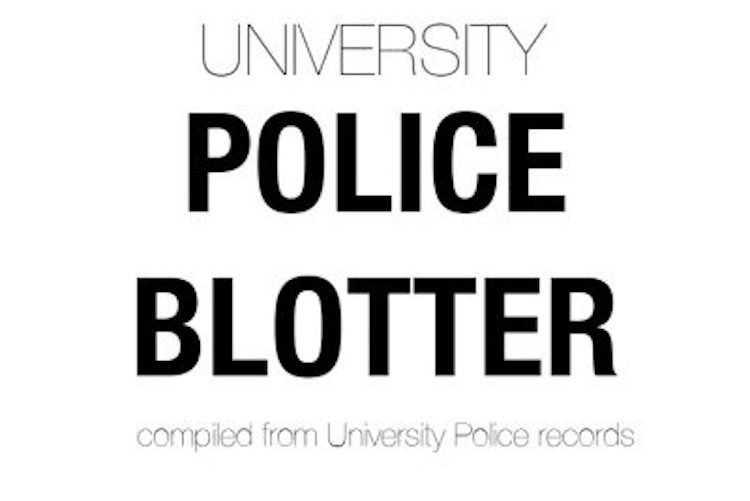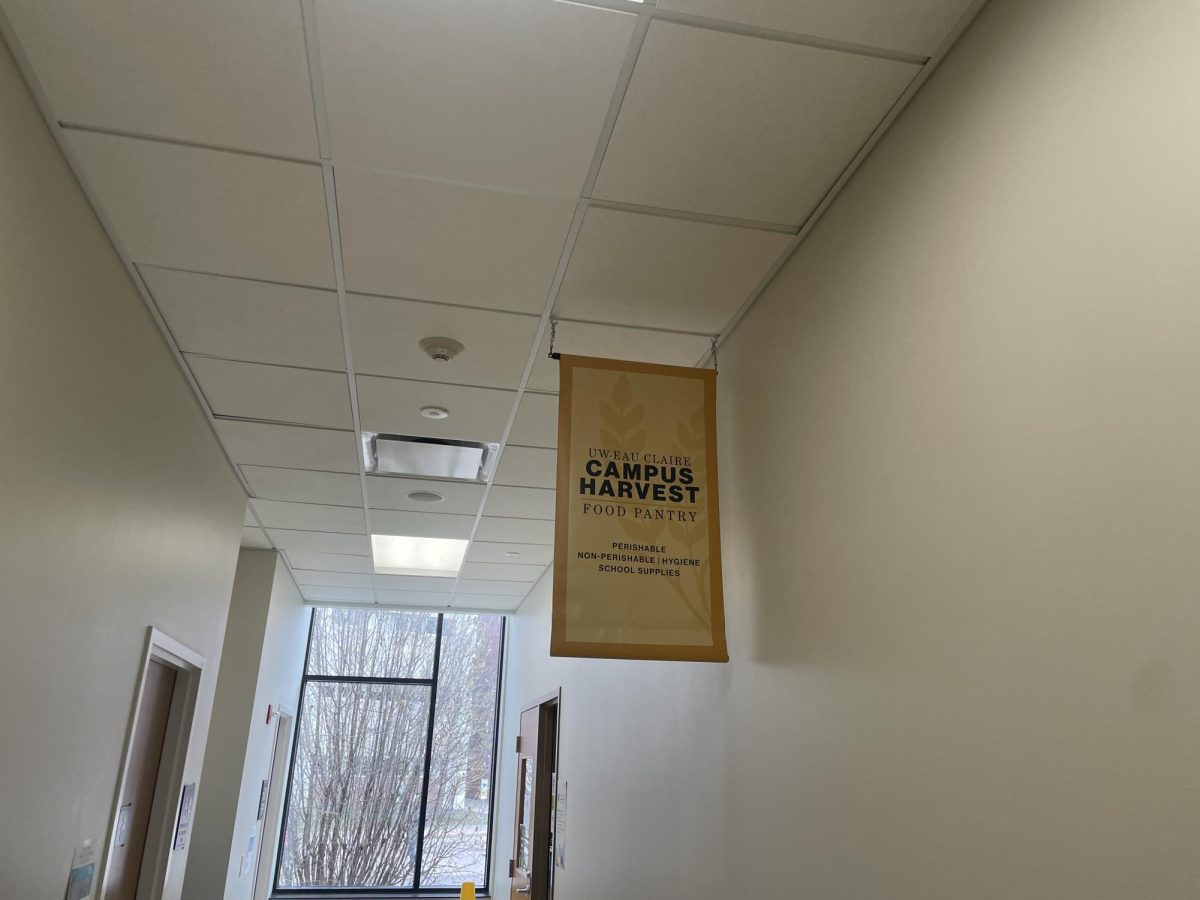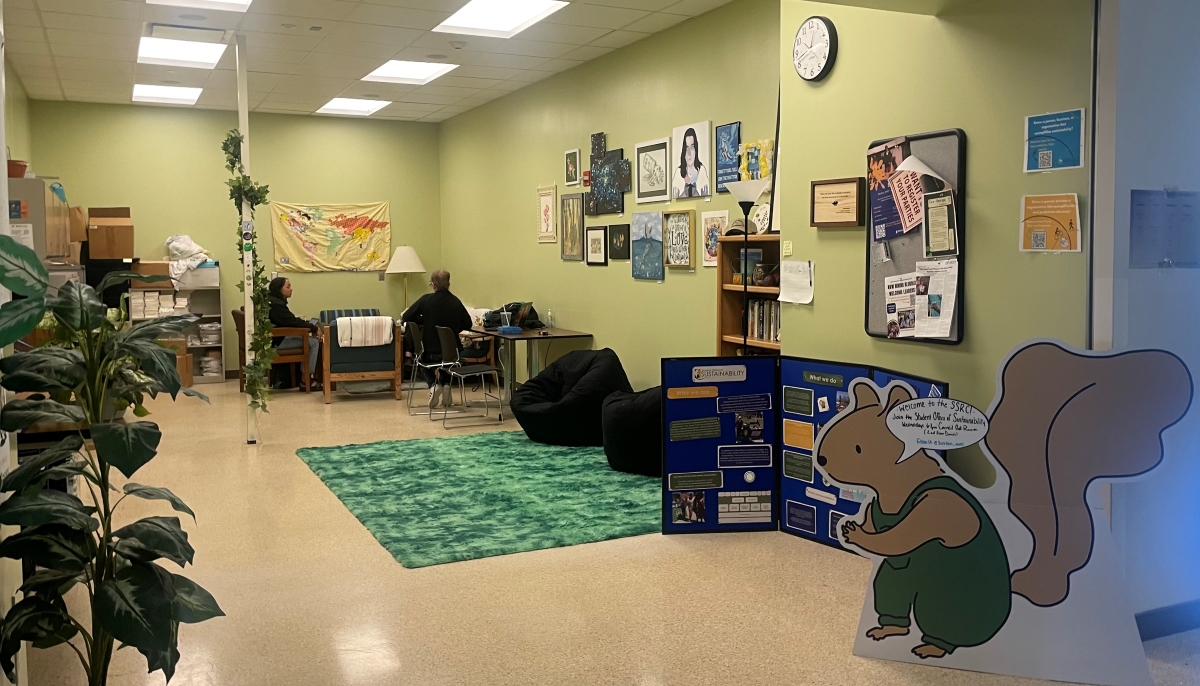With the assistance of $30,000 of student segregated fee money, two classrooms, Hibbard 318 and Phillips 281, will be renovated into active learning labs.
Student Senate passed the bill allocating the money on Monday by voice vote. The bill was introduced by Senator Christian Paese, director of the Information Technology Commission.
The entire project is expected to cost $150,000. When the labs aren’t in use for classes, they will be open as general access labs, Paese said during the meeting.
“This is a really unique model in that typically an academic classroom is only available … if someone reserves it,” Paese said. “The whole idea with this active learning lab is that when there’s not a class being taught in the lab it would be open to general student use so especially around finals time when all the rooms in the library are booked this would be an additional area where students could go.”
Each lab will consist of pods — a unit made up of two tables, six chairs and a large monitor. Each pod will have a computer with a wireless mouse and keyboard. The monitors will have the ability to connect to an outside laptop or device.
A teaching station in each room will have the ability to control the monitors. This means the professor can take the information from one pod’s screen and display it to every monitor in the room, said Kent Gerberich, the IT manager of the client support services unit of LTS. The rooms are designed to adapt to the needs of the class, he said.
“The idea is that all the furniture is movable,” Gerberich said. “You could be in the pods one day if you’re doing collaboration but if you wanted it in a giant oval shape for that day you could move it around so that the furniture meets the need of the curriculum for that day.”
A key part to the plan, Gerberich said, was creating a space that would be available not only to classes, but to general students while still ensuring there was enough technology to truly benefit everyone.
Being an alumni, Gerberich understands how difficult it can be for students to find adequate space to work together.
“It was very frustrating when it comes to crunch time of the semester and you have group work and trying to find a spot to work with your group, especially when you need technology,” he said. “That’s really what’s driving me to get these rooms built with the proper technology so that students can use them in the evenings when they need to.”
Before professors use the labs, which will be completed by the fall semester, they will need to go through training to ensure they will use the technology to its full potential, said Cindy Albert, the associate director for the Center for Excellence in Teaching and Learning.
“What they teach will be the same because that’s the curriculum,” she said. “But, how they teach is going to change, so less sticking things up on a power point and more framing questions for groups of students to think about, more engagement, more solving problems, more personal connection.”
Classrooms in this style promote more active learning on the part of the student, she said.
“Students will have to take more responsibility to come prepared to class and not expect to come to class and just listen to a lecture and just listen and take notes, but instead will have to listen and do,” Albert said.
She also said If these first two labs are successful, LTS and CETL hope to add more, particularly for the use of the political science and history departments.






